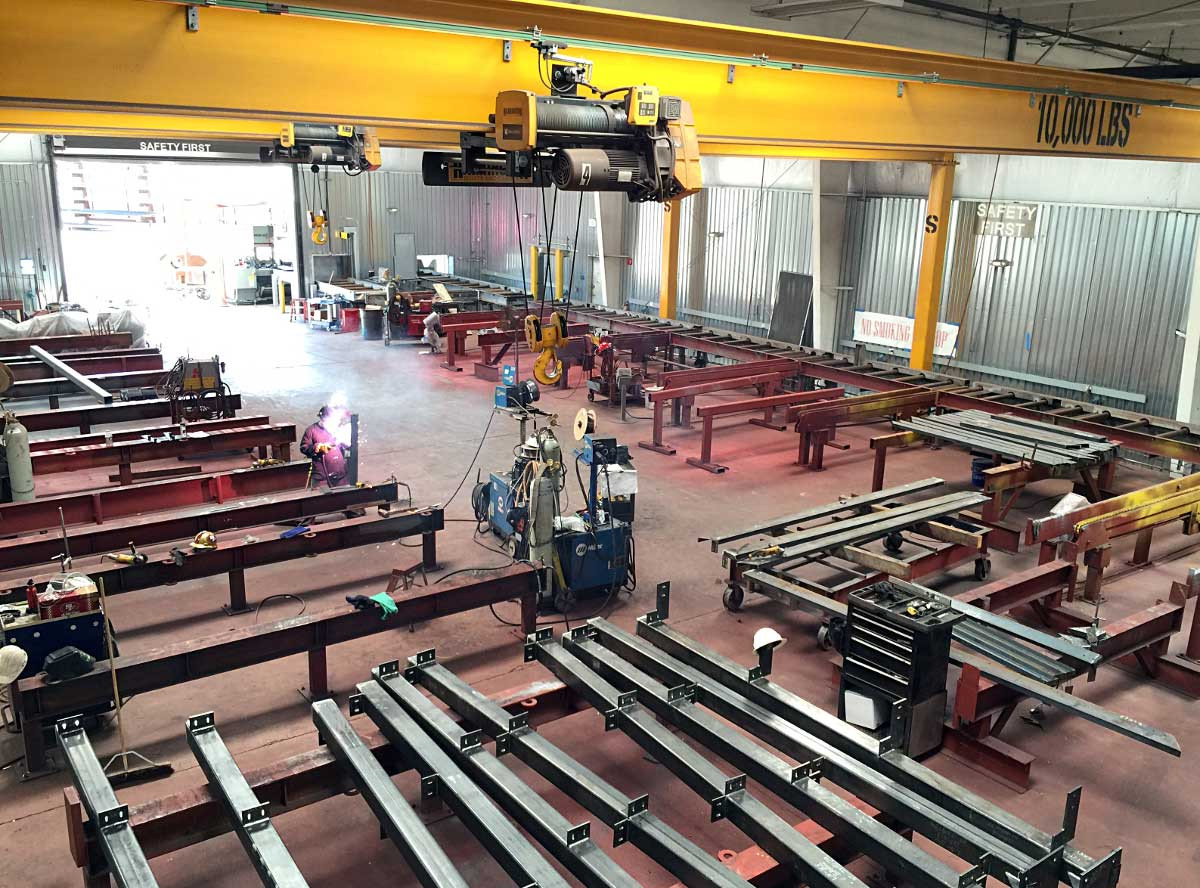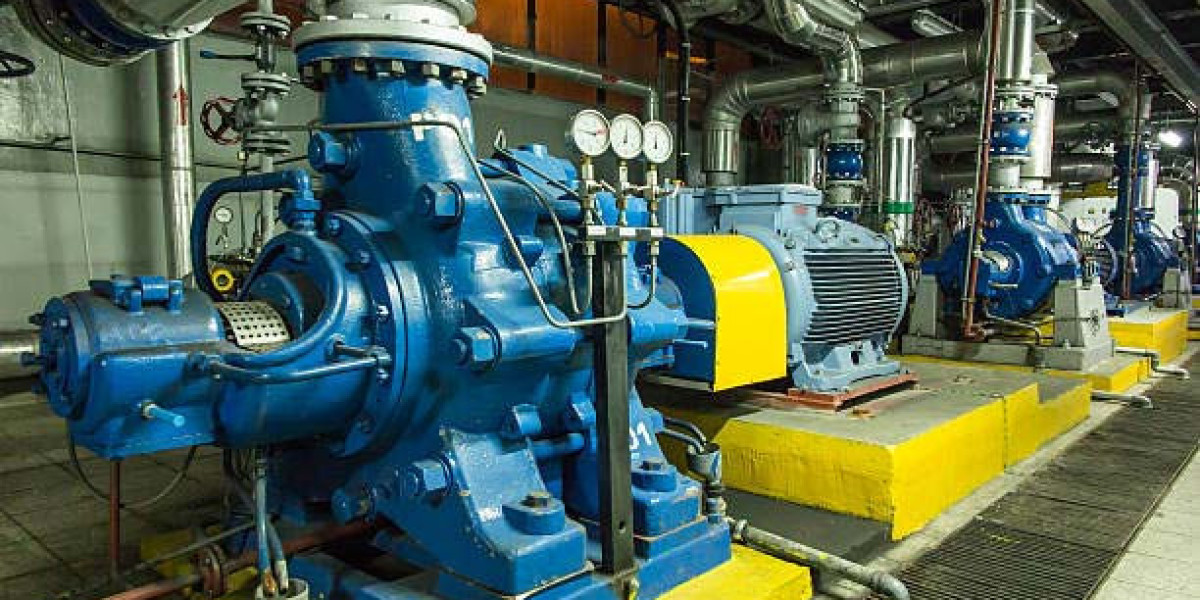CNC machining isn’t just about turning blocks of metal into useful parts—it’s about pushing the boundaries of precision and creativity. Whether you’re looking to solve complex engineering challenges or just want to explore the cutting edge of manufacturing, there’s a world of innovative CNC machining projects waiting for you.
In this blog post, we’ll dive into some exciting project ideas that showcase the versatility of CNC machining. We’ll also discuss essential strategies for planning, designing, and executing these projects with precision. Whether you’re an engineer, designer, or hobbyist, these ideas will inspire you to harness the full potential of CNC technology.
Introduction: The Power of CNC Machining
CNC (Computer Numerical Control) machining has revolutionized the way we manufacture parts and prototypes. Its ability to deliver high precision, repeatability, and flexibility makes it a go-to solution for countless applications. But beyond its traditional uses, CNC machining projects opens up a realm of innovative possibilities that can enhance engineering solutions and product designs.
In this post, we’ll explore some groundbreaking CNC machining project ideas and offer tips on how to make them a success. From custom components to advanced techniques, we’ll cover everything you need to know to push the envelope in precision engineering.
CNC Machining Services: Finding the Right Fit
Choosing the Right CNC Machining Service
Before diving into specific project ideas, it’s important to select the right CNC machining service provider. Here’s how to find the best fit for your needs:
- Experience and Specialization: Look for a provider with experience in your industry or the type of project you’re working on. Their expertise can make a significant difference in the outcome.
- Technology and Equipment: Ensure they use modern CNC machines and software capable of handling your project’s requirements.
- Reputation and Reviews: Check customer reviews and ask for recommendations to gauge the provider’s reliability and quality of work.
- Capabilities: Confirm they can manage the scale and complexity of your project, from small custom parts to large production runs.
Benefits of Custom CNC Machining Parts
Custom CNC machining parts offer numerous advantages, including:
- Precision: Tailored parts meet exact specifications, ensuring optimal performance and fit.
- Quality: High-quality materials and expert craftsmanship lead to superior durability and functionality.
- Flexibility: Custom parts can be designed to fit specific needs or solve unique problems, providing a competitive edge.

CNC Machining Project Planning: Laying the Groundwork
Steps for Effective Project Planning
Planning is crucial for a successful CNC machining project. Follow these steps to ensure everything goes smoothly:
- Define Objectives: Clearly articulate what you want to achieve with your project. This includes the part’s intended use, required specifications, and any performance criteria.
- Create Detailed Designs: Use CAD (Computer-Aided Design) software to develop precise drawings or models. Ensure all dimensions, tolerances, and features are accurately represented.
- Select Materials: Choose materials that meet both functional requirements and are suitable for machining. Consider factors like strength, durability, and machinability.
- Determine Tolerances: Specify the tolerances needed for your parts. Tight tolerances can enhance performance but may increase machining time and cost.
- Plan the Workflow: Develop a clear workflow that includes design, material selection, machining, inspection, and finishing processes.
CNC Machining Workflow: Streamlining Your Process
A well-organized workflow ensures efficiency and reduces the risk of errors. Here’s a streamlined workflow to follow:
- Design and Preparation: Start with a detailed design and gather all necessary files and documentation.
- Material Preparation: Select and prepare the material, ensuring it meets the required specifications.
- Machine Setup: Configure your CNC machine, including setting up the material and programming the toolpath.
- Machining: Execute the machining process, keeping an eye on the quality and accuracy of the output.
- Inspection and Quality Control: Check the finished parts for precision and make adjustments if needed.
- Finishing: Apply any necessary finishing processes, such as polishing or coating, to achieve the desired final appearance and functionality.
CNC Machining Design Tips: Crafting for Success
Tips for Designing Machinable Parts
To create parts that are both functional and manufacturable, consider these design tips:
- Simplify Designs: Avoid unnecessary complexity that can make machining more difficult and costly. Focus on functional features and streamlined shapes.
- Avoid Tight Tolerances When Possible: Tight tolerances can be expensive and time-consuming. Use them only where necessary for performance.
- Optimize Tool Paths: Design efficient tool paths to reduce machining time and improve surface finishes. Collaborate with your machinist to refine tool paths.
- Consider Material Properties: Choose materials based on their machinability and how they’ll perform in the final product.
CNC Machining for Prototyping: Testing Your Ideas
The Role of CNC Machining in Prototyping
CNC machining is a powerful tool for prototyping, offering several advantages:
- Speed: Quickly produce prototypes to test and refine your designs.
- Accuracy: High precision ensures that prototypes closely resemble the final product, providing reliable testing results.
- Flexibility: Easily make adjustments and modifications based on testing feedback.
Tips for Effective Prototyping
- Start with Clear Objectives: Define what you want to achieve with your prototype and ensure the design meets these goals.
- Plan for Iterations: Be prepared to iterate based on testing and feedback. CNC machining’s flexibility allows for easy adjustments.
- Use Appropriate Materials: Choose materials that mimic the final product’s properties to get accurate test results.
Advanced CNC Machining Techniques: Expanding Possibilities
Exploring Cutting-Edge Techniques
Innovative CNC machining techniques can open up new possibilities for your projects. Here are some advanced methods to consider:
- Multi-Axis Machining: Go beyond traditional 3-axis machines with multi-axis machining, which allows for complex geometries and reduces the need for part repositioning.
- 5-Axis Machining: This technique provides enhanced precision for complex shapes and reduces setup times by machining multiple sides of a part in one go.
- Hybrid Manufacturing: Combine CNC machining with additive manufacturing (3D printing) to create parts with intricate features and minimal waste.
- High-Speed Machining: Increase material removal rates and improve surface finishes with high-speed cutting tools and feeds.
Innovative Project Ideas
Here are some project ideas that leverage advanced CNC machining techniques:
- Complex Aerospace Components: Use 5-axis machining to create intricate parts for aerospace applications, such as turbine blades or structural components.
- Custom Medical Devices: Combine CNC machining with additive manufacturing to produce personalized medical implants or prosthetics with precise anatomical fit.
- High-Performance Automotive Parts: Utilize multi-axis machining to craft lightweight, high-strength components for racing or performance vehicles.
CNC Machining Materials: Choosing the Right One
Popular CNC Machining Materials
Selecting the right material is crucial for the performance and durability of your machined parts. Here are some commonly used materials:
- Aluminum: Lightweight, machinable, and widely used in various applications, including aerospace and automotive.
- Steel: Strong and durable, making it suitable for high-stress applications. Types include carbon steel, stainless steel, and tool steel.
- Titanium: Known for its strength-to-weight ratio and corrosion resistance, ideal for aerospace and medical applications.
- Plastics: Versatile and cost-effective, plastics like acrylic, polycarbonate, and nylon are used for prototypes and non-structural components.
Choosing the Right Material
When selecting materials, consider:
- Strength and Durability: Ensure the material can withstand the intended loads and environmental conditions.
- Machinability: Choose materials that are compatible with your machining capabilities and desired finish.
- Cost: Balance material costs with performance requirements to stay within budget.
CNC Machining Cost Estimation: Budgeting Your Projects
Understanding Cost Factors
Accurate cost estimation is essential for budgeting and project planning. Key factors influencing CNC machining costs include:
- Material Costs: The type and quantity of material used can significantly impact costs.
- Complexity of Design: Intricate designs and tight tolerances increase machining time and cost.
- Volume of Production: Larger production runs can benefit from economies of scale, reducing the cost per part.
- Setup and Tooling Costs: Initial setup and tooling for complex projects can add to the overall cost.
Estimating Costs
To estimate costs effectively:
- Request Quotes: Obtain detailed quotes from CNC machining service providers based on your design and material specifications.
- Provide Accurate Information: Share comprehensive details about your project to receive accurate quotes.
- Consider Additional Costs: Account for potential additional expenses, such as setup fees, finishing, and post-machining processes.
Conclusion: Innovating with CNC Machining
CNC machining is more than just a method of creating parts—it’s a gateway to innovation and precision engineering. By exploring creative project ideas, leveraging advanced techniques, and planning meticulously, you can push the boundaries of what’s possible in manufacturing.
Whether you’re working on custom components, prototypes, or cutting-edge applications, CNC machining offers a versatile and powerful tool to bring your ideas to life. Embrace these innovative project ideas and strategies, and take your CNC machining projects to new heights of precision and creativity.



